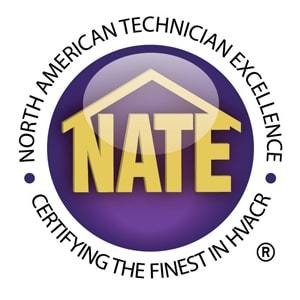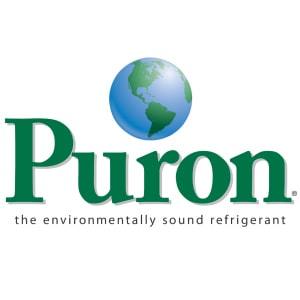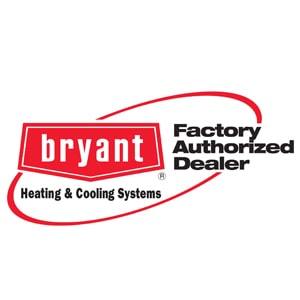Thermostats serve as the control center of HVAC units. They dictate when the heating and cooling equipment should run, constantly monitoring the temperature of the air in rooms. They allow you to control different zones with ease, especially when they’re programmable.
Considering the important roles they play, faulty thermostats can paralyze entire heating and cooling systems. While you shouldn’t DIY any HVAC repair, you can safely troubleshoot simple thermostat issues in a safe and stress-free manner.
Here’s how you can fix basic thermostat problems:
When It Is Blank
You may be experiencing a power issue if your digital thermostat does not show any information. In most cases, dead batteries should be to blame. Put in new ones, and your HVAC equipment should operate normally again.
When It Is Not in Control of Temperature
Sometimes, your room may feel too hot or too cold, but the thermostat assigned to it would say otherwise. If you think there’s a disconnect between your space’s air temperature and the thermostat’s reading, the control is probably dirty. Open its cover properly, and then dust its interior carefully and gently. If that doesn’t do the trick, some of its components might have been corroded.
Another possible cause to this problem is improper location. Something could be blocking your thermostat, or it could be near a heat source, like direct sunlight. Either way, it needs to be placed in an area where natural air currents occur. If relocation is necessary, leave the job to a qualified HVAC technician because this task is beyond an average “do-it-yourselfer’s” skill set.
When It Causes Frequent Heating and Cooling Cycles
If you experience extreme temperature fluctuations with your HVAC system, the thermostat might need re-adjustment. If yours has a heat-anticipator lever, adjust it to one mark closer to the “longer” setting. Check how your heating or cooling equipment functions afterward. If it allows the air temperature to overly drop or rise before running, move the lever one calibration mark away.
Normally, you’ll have to wait for several hours to let your thermostat get used to this new setting. But if it still doesn’t solve the issue, it is likely outdated and needs a replacement.
Pair Your High-Efficiency HVAC Equipment with the Best Thermostat
Let an experienced Hader HVAC specialist inspect your thermostat and put a permanent fix on their problems. Contact Hader Solutions now or call (513) 612-9201 to discuss your heating and cooling needs.







